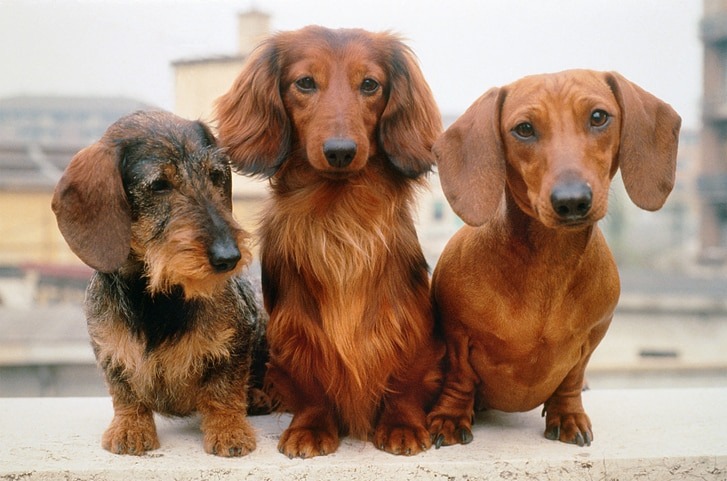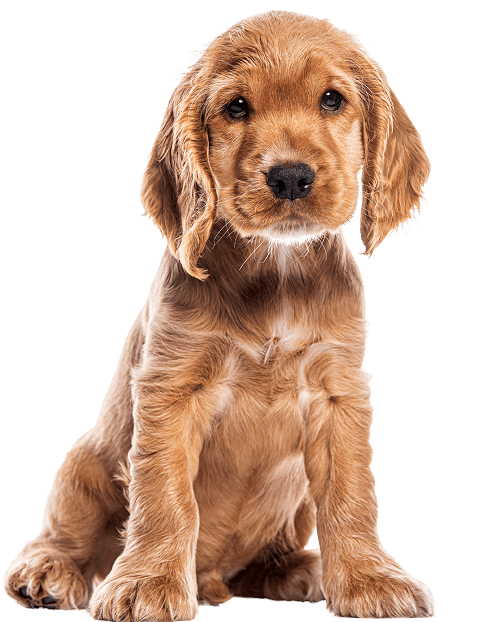
Table of contents
Introduction
Dachshund dogs capture heart with their long bodies and short legs. They go by nicknames like wiener dog or sausage dog. This guide covers Dachshund breed history, traits, and care tips. It helps new owners understand this lively breed.
We use proven tips to keep your Dachshund happy and healthy. You learn about training, exercise, and nutrition for Dachshunds. Our easy guide suits first time and seasoned dog owners. We share expert advice and trustworthy info.
Read on for all matters Dachshund. Most people search online for Dachshund care and tips every day. Our guide uses simple language and clear steps to help you. You will find expert tips and fun facts here.
History of the Dachshund
The Dachshund dates back to 15th century Germany. Hunters bred Dachshund dogs to chase badgers underground. They named them dachshund from German words meaning badger dog. These dogs grew strong chests and flexible spines.
They proved brave in tight tunnels. Early Dachshunds came in miniature and standard sizes. German nobility adored the Dachshund breed. They spread to America in the late 19th century.
Today, Dachshund remain popular for their unique shape. Breeders aimed for courage and strength in Dachshund lines. World wars slowed breed growth but did not end it. Today, Dachshund clubs worldwide host events and trials.
Appearance and Sizes

Dachshund dogs have long bodies and short legs. They come in two height classes: standard and miniature. Standard Dachshund reach up to 9 inches at shoulder. Miniature Dachshund stand about 5 to 6 inches tall.
Coats appear in three types: smooth, longhaired, and wirehaired. They show many color patterns like dapple and piebald. Their heads feature long muzzles and alert eyes. Dachshund bodies show muscular build and strong back.
Their paws look stubby yet they run surprisingly fast. Dachshund weight ranges from 8 to 32 pounds depending on type. They display expressive eyebrows and charming floppy ears. These dogs often melt hearts at first sight.
Personality Traits
Dachshund personality blends playful spirit and stubborn streak. They stay curious and alert at all times. These dogs bond deeply with their families. Dachshund show strong loyalty and protective instincts.
They often bark to warn you of strangers. Their small size hides big confidence and courage. Dachshund love to dig and explore hidden spots. They enjoy games that challenge their hunting heritage.
Early socialization helps curb unwanted barking or shyness. Dachshund also show stubborn independence sometimes. They need patient training to respect family rules. Daily affection helps reduce separation anxiety in this breed.
Training Tips for Dachshunds

Start training your Dachshund early and keep sessions short. Use positive reinforcement like treats and praise. Teach basic commands like sit, stay, and come. Consistency proves key to Dachshund obedience.
These dogs respond well to clear boundaries. Use gentle guidance to avoid stubborn stalls. Add fun puzzles to engage their clever minds. Socialize your Dachshund with people and other dogs.
Reward calm behavior to build good habits. Housebreaking can take extra patience with Dachshund stubborn streak. Use crate training to build safety and security feelings. Seek pro training help if you face unusual challenges.
Health and Wellness
Dachshund breed faces unique back health challenges. Intervertebral disc disease ranks high among concerns. Avoid activities that strain their long spines. Keep jumps to a minimum and add ramps.
Schedule yearly vet checks for early disease detection. Watch weight closely to reduce back stress. Use joint supplements after vet approval. Dental health also requires regular brushing and checks.
Promptly treat any sign of pain or discomfort. Dachshund average lifespan spans 12 to 16 healthy years. Eye issues like progressive retinal atrophy require prompt vet attention. Regular spinal screenings help detect early disk problems.
Nutrition and Diet
Feed your Dachshund high quality dog food. Look for formulas with balanced protein and fat. Monitor calorie intake to prevent obesity. Offer measured meals twice daily instead of free feeding.
Include healthy treats like small carrot or apple pieces. Avoid table scraps that disrupt balanced nutrition. Provide fresh water daily to keep your dog hydrated. Consult vet on special diet needs or allergies.
Adjust food portions as age or activity level changes. Senior Dachshund often need lower calorie and joint support diets. High fiber foods may aid smooth digestion. Always transition diets gradually to avoid upset stomach.
Exercise and Activity
Dachshund need daily exercise to stay fit. Aim for two short walks per day. Add indoor play sessions for mental stimulation. Tug games and scent puzzles excite Dachshund minds.
Avoid rough play that can harm their back. Supervise outdoor time to prevent escapes. They love digging, so offer a safe digging spot. Short hikes on easy trails also work well.
Always watch for signs of fatigue or overexertion. Mental games like hide and seek boost their intelligence. Rotate toys weekly to keep playtime fresh. Never overfeed after exercise to maintain proper weight.
Grooming and Coat Care

Grooming depends on your Dachshund coat type. Smooth coats need weekly brushing to remove loose hair. Longhaired coats require daily brushing to prevent mats. Wirehaired Dachshund need hand stripping a few times yearly.
Trim nails every few weeks to avoid cracks. Clean ears regularly to prevent infections. Brush teeth daily for good oral health. Check skin for lumps or irritation.
Bathe only when necessary to preserve skin oils. Inspect paws after outdoor walks for debris or injury. Use gentle shampoo to protect sensitive skin. Keep your grooming tools clean for best results.
Living with a Dachshund
Dachshund adapt well to apartments and houses. They thrive with family time and attention. These dogs do not like long alone periods. Provide interactive toys when you leave home.
Use dog proofing to protect furniture and floors. Offer cozy beds that support their spine. Keep home safe by blocking stairs if possible. Invite friends to meet your Dachshund for socializing.
Plan activities that suit their size and energy. Dachshund love to burrow under blankets or beds. Supervise them with young children to prevent accidental injuries. Consider pet insurance to manage potential health costs.
Adoption and Rescue
Consider rescue Dachshund from reputable shelters. Many adult Dachshund need loving homes. Visit local breed rescues for breed specific help. Ask about health history and vet records.
Be ready for possible training or behavior needs. Provide patience and consistency for adopted dogs. Home visits help ensure safe environment. Adoption fees often cover initial vet care.
You save a life by choosing rescue Dachshund. Attend Dachshund events and meet passionate owners. Ask rescue groups about breed specific support networks. Join online Dachshund communities for advice and friendship.
Conclusion
Dachshund dogs bring joy with their playful, loyal natures. They fit many lifestyles with proper care. Use this guide to start your Dachshund journey. Balance training, health checks, and love every day. Enjoy each moment with your low, long companion.

